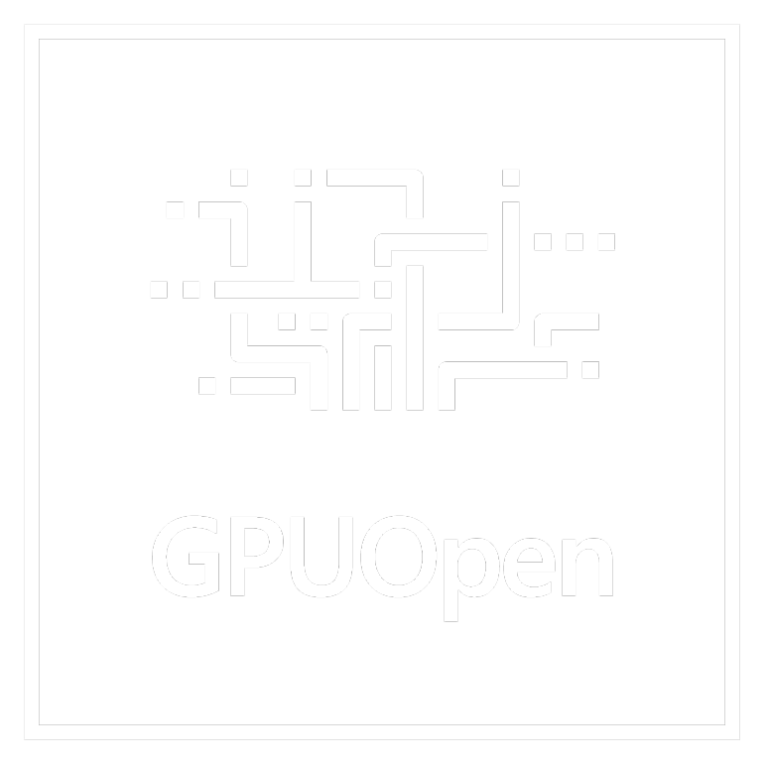

Hardware T&L did not have broad application support in games at the time (mainly due to Direct3D games transforming their geometry on the CPU and not being allowed to use indexed geometries), so critics contended that it had little real-world value. S3 Graphics launched the Savage 2000 accelerator in late 1999, shortly after GeForce 256, but S3 never developed working Direct3D 7.0 drivers that would have enabled hardware T&L support. While DirectX 7.0 (particularly Direct3D 7) was the first release of that API to support hardware T&L, OpenGL had supported it much longer and was typically the purview of older professionally oriented 3D accelerators which were designed for computer-aided design (CAD) instead of games. It had faster vertex processing not only due to the T&L hardware, but also because of a cache that avoided having to process the same vertex twice in certain situations.

Nvidia's GeForce 256 was released in late 1999 and introduced hardware support for T&L to the consumer PC graphics card market.

However, 3D computer games of the time were producing increasingly complex scenes and detailed lighting effects much faster than the increase of CPU processing power. Personal computers implemented T&L in software until 1999, as it was believed faster CPUs would be able to keep pace with demands for ever more realistic rendering. More traditional hardware T&L would appear on consoles with the GameCube and Xbox in 2001 (the PS2 still using a vector coprocessor for T&L). Hardware T&L had been used by arcade game system boards since 1993, and by home video game consoles since the Sega Genesis's Virtua Processor (SVP), Sega Saturn's SCU-DSP and Sony PlayStation's GTE in 1994 and the Nintendo 64's RSP in 1996, though it wasn't traditional hardware T&L, but still software T&L running on a coprocessor instead of the main CPU, and could be used for rudimentary programmable pixel and vertex shaders as well. Lighting is the task of altering the colour of the various surfaces of the scene on the basis of lighting information. Clipping means only drawing the parts of the scene that will be present in the picture after rendering is completed. Transformation is the task of producing a two-dimensional view of a three-dimensional scene. Transform, clipping, and lighting ( T&L or TCL) is a term used in computer graphics. ( Learn how and when to remove this template message)


 0 kommentar(er)
0 kommentar(er)
